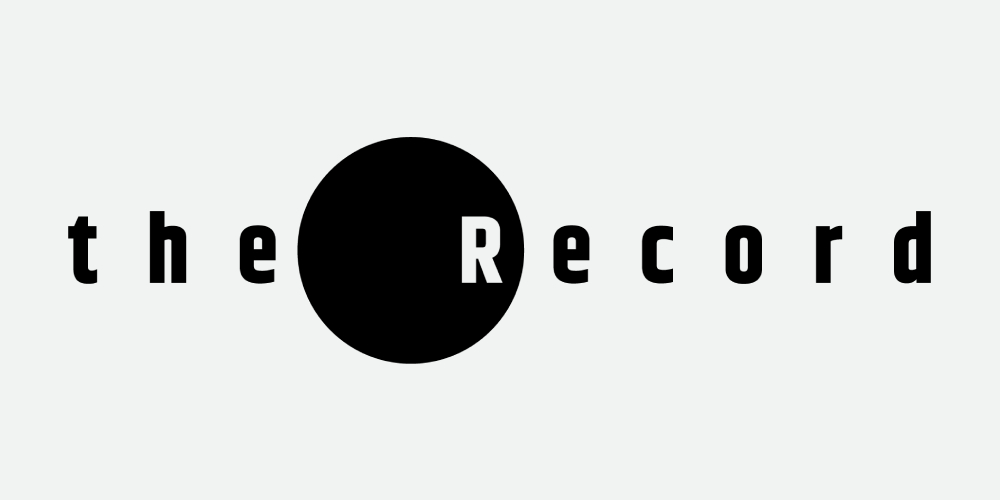
COVID19
News
2 MIN READ

As the case numbers and deaths keep increasing, Nepal seems to be staring at a brewing disaster

Nepal identified 525 new Covid-19 cases on Thursday, an increase of 41 more cases than the previous day’s total, and registered four more deaths. With the new figures, the tally of total Covid-19 cases in the country has now reached 24,957.
There has been a constant rise in the number of new cases since the lockdown was lifted on July 22. On Wednesday, Nepal recorded 10 deaths--its highest single-day total. Also on Wednesday, Kathmandu Valley witnessed 138 new cases, a record tally for a single day.
But this might not be the peak, say epidemiologists. “It all depends on how the government deals with the crisis. The government focus has been on testing, which is not the solution. Testing should be accompanied by aggressive contact tracing, which has not been a priority,” said infectious disease specialist Dr Anup Subedee.
In recent days, each day has seen an average of about 500 new corona cases, according to the Health Ministry. A few weeks ago, the number of daily new corona cases had dipped to fewer than 100. But the case numbers have been spiking since the government partially lifted the four-month-long lockdown.
The lockdown did slow the spread of the virus, but the government still hasn’t been able to overcome difficulties around contact tracing and quarantining and ensuring proper isolation of the infected.
Were the Covid crisis to worsen, Nepal would not be able to provide critical care services for Covid patients. “It is not just about the number of ICU units and ventilators. We need trained specialists to use them. The situation could get worse in the days to come if the government does not reform its policies and protocols for dealing with the crisis,” said Dr Subedee.
Amid widespread concerns about the government’s lack of real plans for dealing with a worst-case scenario, the Ministry of Health and Population on Thursday presented to the public their data on ICUs and ventilators. According to Dr Jageshwor Gautam, spokesperson for the ministry, there are a total of only 942 ICUs and 496 ventilators in the country.
Of the total 942 ICUs, 630 are in Bagmati Province, mostly in Kathmandu. Province 2, which currently has the highest number of Covid-19 patients, has only 45 ICUs. Out of the total of 95 Covid-related death cases the country has seen, 39 occurred in Province 2. Worryingly, in Birgunj, patients have died for lack of ICUs and ventilators.
Not all Covid-19 deaths in Nepal have resulted from deficiencies in healthcare infrastructure. At least 12 people have died since March because hospitals refused to admit patients, delayed in providing treatment, or prematurely released patients over Covid fears.
Given the constraints, what can the government do? “We have to first understand that a centralized system for providing care will not be helpful. The infected people will have to be separated. Testing will have to be ramped up, and kits and VTM kits must be made available. And every individual will have to be made aware of the disease, especially the elderly and those with comorbid conditions,” said epidemiologist Dr Lhamo Yangzen Sherpa.
That will represent quite a tall order for a government that has failed to do the minimum. The government has not been able to even conduct PCR tests on those staying at quarantine facilities. And having failed to conduct PCR tests across the country, the health ministry has now urged hotels, restaurants, shopping malls, and other industries to conduct the PCR testing of their employees on their own.
::::::::

The Record We are an independent digital publication based in Kathmandu, Nepal. Our stories examine politics, the economy, society, and culture. We look into events both current and past, offering depth, analysis, and perspective. Explore our features, explainers, long reads, multimedia stories, and podcasts. There’s something here for everyone.

Record Nepal We are an independent digital publication based in Kathmandu, Nepal. Our stories examine politics, the economy, society, and culture. We look into events both current and past, offering depth, analysis, and perspective. Explore our features, explainers, long reads, multimedia stories, and podcasts. There’s something here for everyone.

